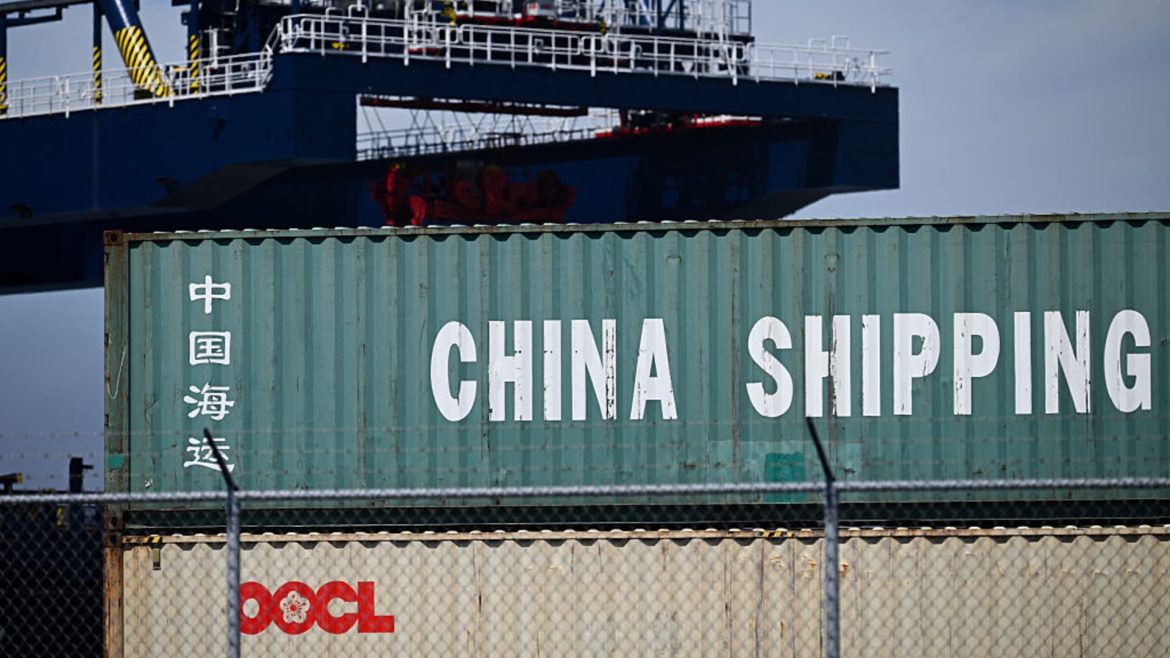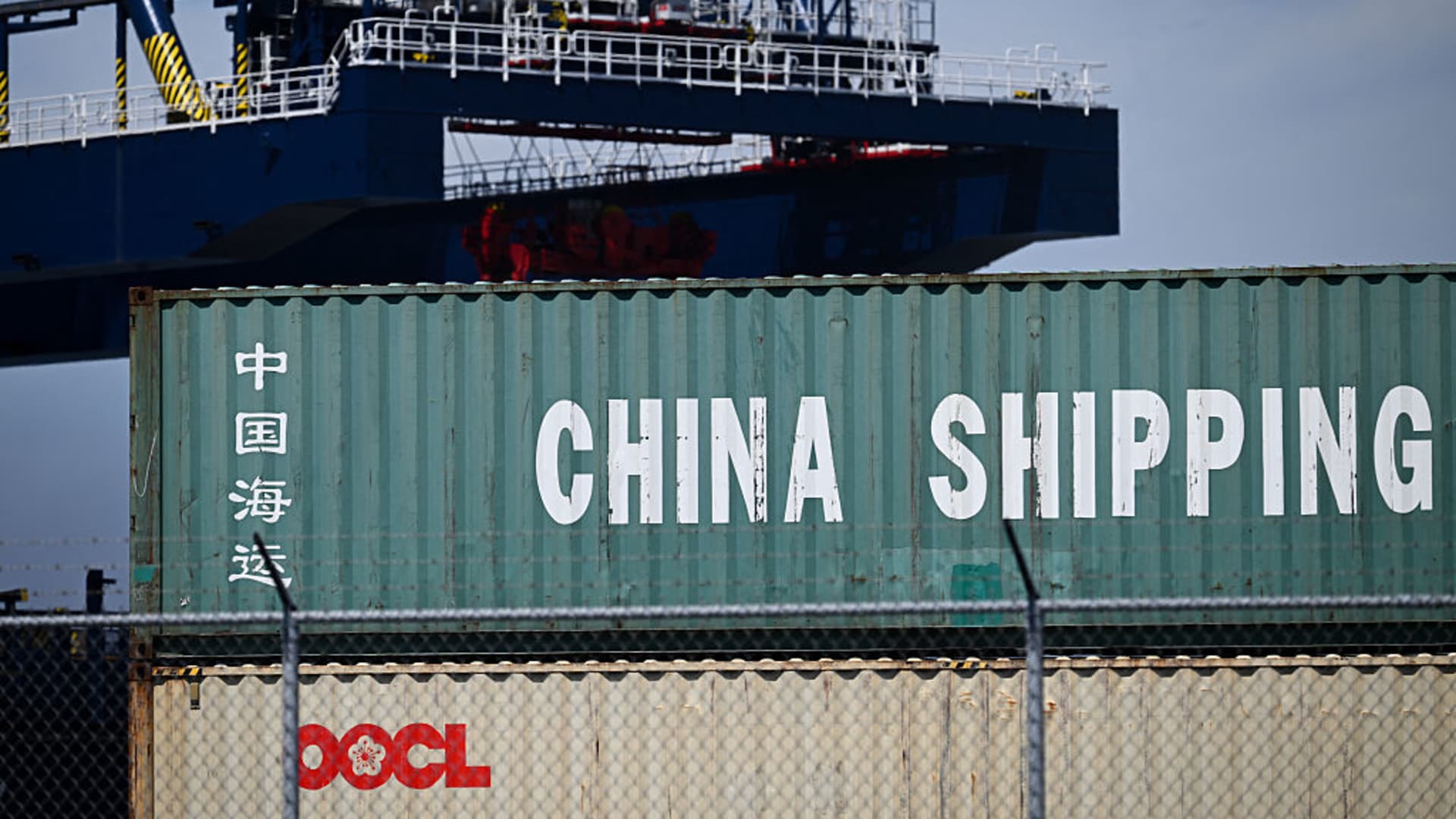China’s Export Performance in April: A Resilient Response to Tariffs
Introduction
In April 2025, China’s export landscape was marked by a surprising resilience in the face of escalating trade tensions with the United States. Despite the implementation of new tariffs by President Trump, China’s exports not only held steady but also exceeded expectations, showcasing the country’s economic adaptability and strategic foresight. This analysis delves into the factors contributing to this resilience, the impact on specific sectors, and the broader implications for global trade dynamics.
The Surprising Resilience of China’s Exports
China’s export growth in April 2025 was a testament to the country’s ability to navigate complex trade challenges. The data released by the customs authority revealed that exports jumped by 8.1% year-on-year, significantly outperforming the expected growth of 1.9%. This surge was particularly notable given the backdrop of heightened tariffs and the uncertainty surrounding trade negotiations between the world’s two largest economies.
The resilience of China’s exports can be attributed to several key factors. Firstly, there was a strategic rush by companies and consumers to beat the higher U.S. tariffs that took effect in April. This frontloading of shipments helped to bolster export figures, as businesses aimed to avoid the financial burden of increased tariffs. Secondly, China’s manufacturing sector, despite facing a 16-month low in activity, managed to maintain production levels, contributing to the export surge. Additionally, China’s policy support measures, aimed at boosting economic growth and confidence, played a crucial role in sustaining export performance.
The Impact of Tariffs on Specific Sectors
While the overall export figures painted a picture of resilience, the impact of tariffs on specific sectors varied significantly. China’s shipments to the United States, for instance, plummeted by 21% in April. This drop was primarily due to the imposition of a new 10% tariff on all Chinese imports by President Trump, on top of existing tariffs from his first term. The cumulative effect of these tariffs made U.S.-bound shipments prohibitively expensive, leading to a significant decline in exports to the American market.
However, the story was different for other regions. Exports to countries outside the U.S. remained robust, driven by diversified trade strategies and alternative markets. This diversification helped to mitigate the impact of U.S. tariffs and ensured that China’s overall export performance remained strong.
The Role of Policy Support Measures
China’s government implemented various policy support measures to bolster economic growth and trade performance. These measures included financial incentives for exporters, infrastructure investments, and regulatory reforms aimed at enhancing competitiveness. The effectiveness of these policies was evident in the April export figures, which defied expectations of a significant slowdown. The policy support measures not only helped to sustain export growth but also contributed to a narrowing of the import decline, which contracted by only 0.2% year-on-year.
The Broader Implications for Global Trade
The resilience of China’s exports in April 2025 has broader implications for global trade dynamics. It highlights the adaptability of China’s economy and its ability to navigate complex trade challenges. The surge in exports also underscores the importance of diversification in trade strategies, as China’s ability to maintain robust export figures despite U.S. tariffs demonstrates the benefits of exploring alternative markets.
Moreover, the data from April serves as a reminder of the interconnected nature of global trade. The U.S. trade deficit widened to a record high in March as businesses boosted imports of goods ahead of President Trump’s sweeping tariffs. This dynamic illustrates how trade policies in one country can have ripple effects across the global economy, affecting both exports and imports.
Conclusion: A New Era of Trade Dynamics
In conclusion, China’s export performance in April 2025 was a story of resilience and strategic adaptability. Despite the challenges posed by U.S. tariffs, China’s exports not only held steady but also exceeded expectations. This resilience was driven by a combination of strategic frontloading of shipments, policy support measures, and diversified trade strategies. The broader implications of this performance underscore the importance of adaptability and diversification in global trade, setting the stage for a new era of trade dynamics shaped by evolving policies and economic strategies.


